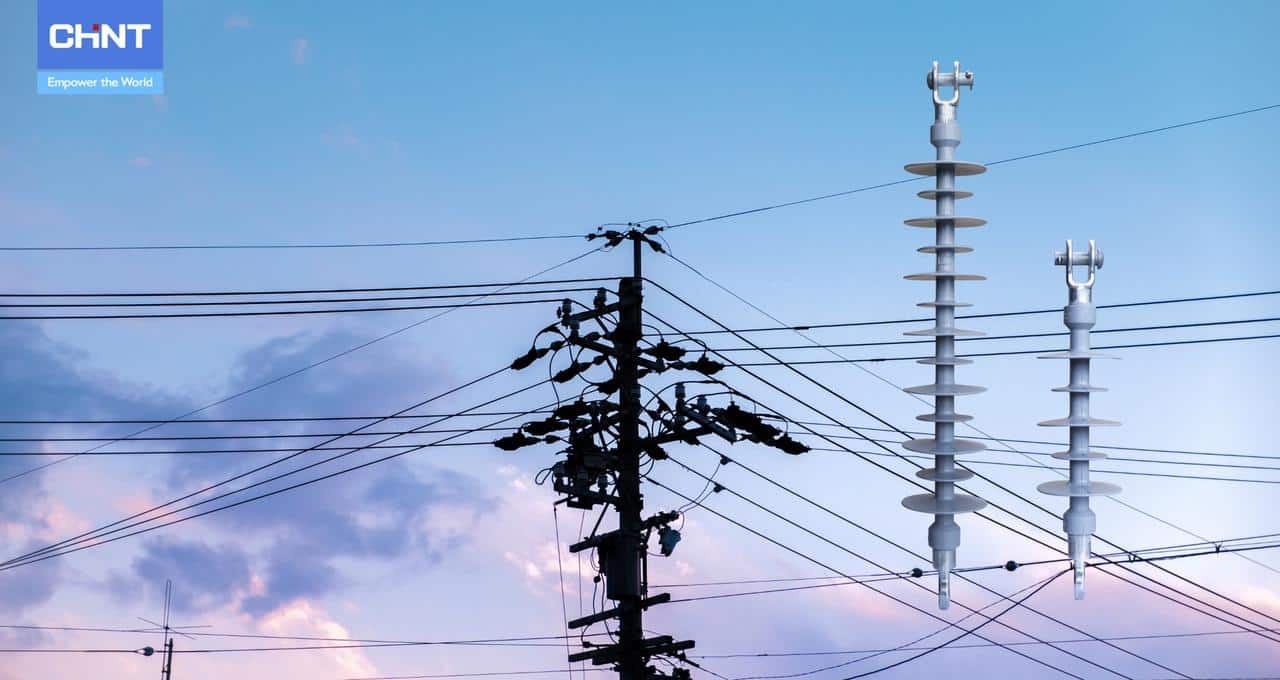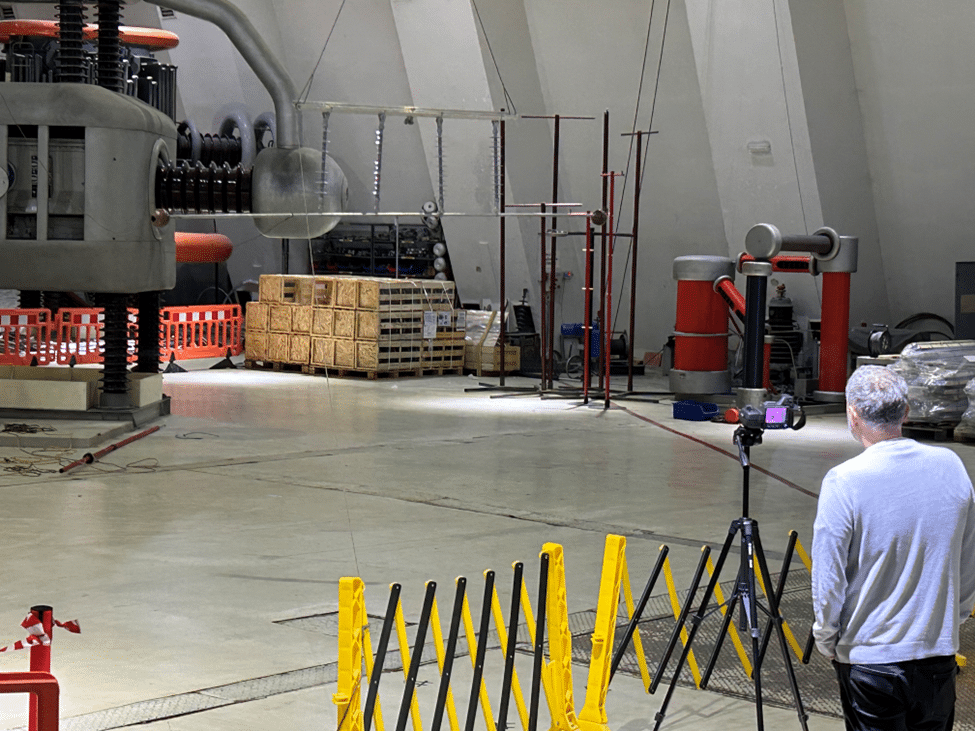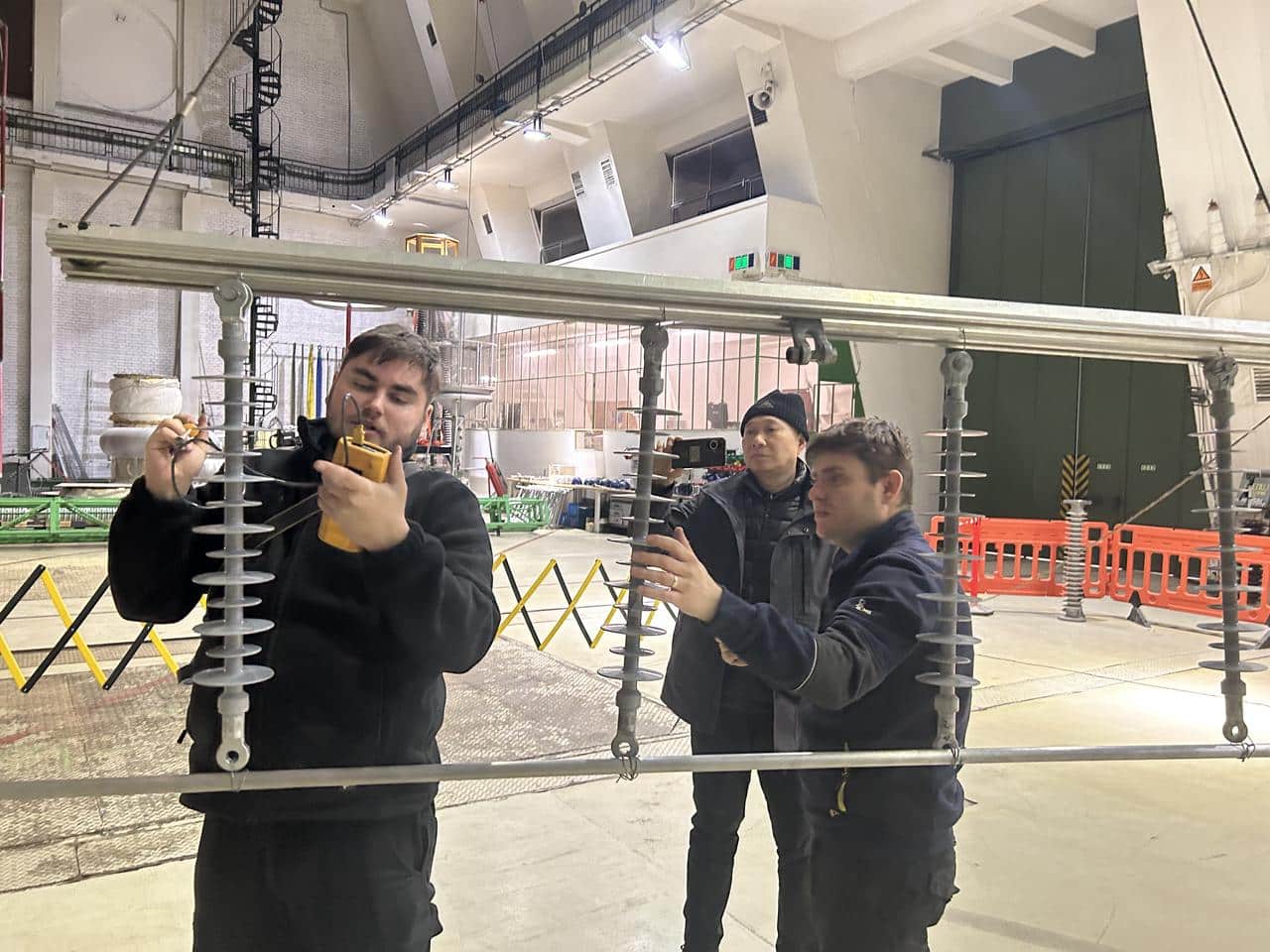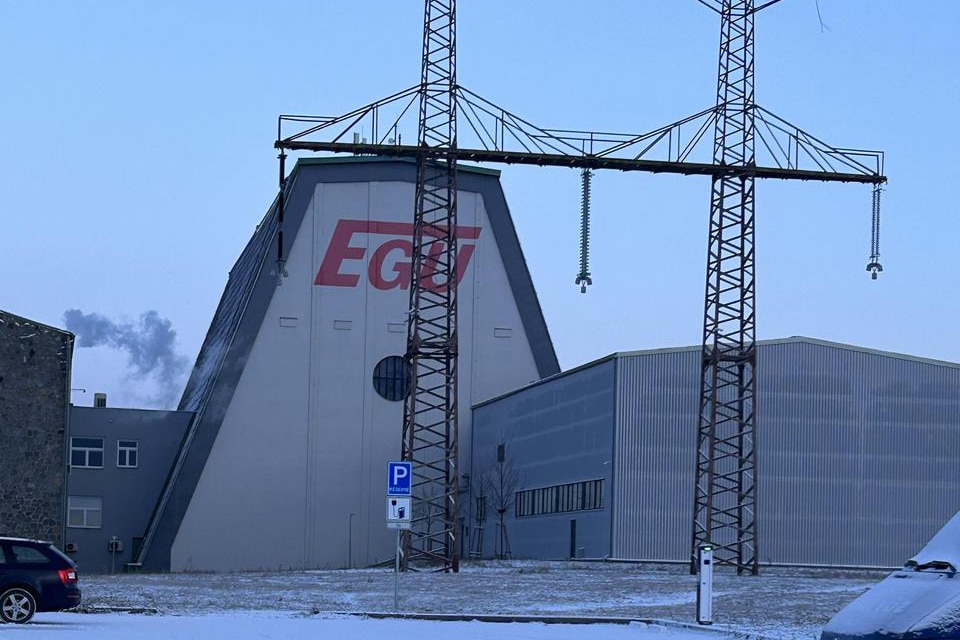Table of Contents |
Insulators are critical components in the power transmission and distribution (T&D) industry. They serve to electrically insulate live parts of electrical systems from each other and from the ground, ensuring the safe and efficient flow of power. In recent years, composite insulators have also been widely used.
Unlike traditional insulators made from a single material such as glass or ceramic, composite insulators are engineered from a combination of materials, typically including a housing sheath made from polymer materials and a core rod made from a conductive, often metal, material.
The role of composite insulators extends beyond mere insulation. They are designed to withstand various environmental conditions, such as UV radiation, extreme temperatures, and mechanical stress. Their importance lies in their ability to prevent electrical leakage, reduce maintenance costs, and enhance the reliability of power systems.
Industry Background and Market Demand for Composite Insulators
Despite their widespread use and benefits, the industry faces several challenges with insulators:
Tracking: This phenomenon occurs when electrically charged particles create a conductive path on the surface of the insulator, leading to a leakage current that can cause premature failure. Tracking is particularly problematic in polluted environments and during wet conditions.
Mechanical Wear: The mechanical strength of insulators can degrade over time due to environmental stress cracking (ESC) from constant exposure to sunlight and temperature fluctuations.
Environmental Pollutants: Soot, dust, and salt can accumulate on the surface of the insulators, reducing their insulating capability and increasing the risk of flashovers.
Thermal Expansion: The materials used in insulators can expand when heated, which, if not designed for, can lead to mechanical stress and eventual failure.
To overcome these challenges, manufacturers are focusing on several innovation points, such as materials, structures, etc. Composite insulators are integral to the power industry due to their unique combination of properties. Here are some specific applications where they are particularly beneficial:
Transmission Lines: They are used extensively in high-voltage transmission lines to prevent electrical arcing and flashovers, which can lead to power outages and equipment damage.
Substations: Within substations, composite insulators serve as isolators, bushings, and surge arresters, providing insulation and protection against overvoltage conditions.
Electrical Equipment: They are used in circuit breakers, transformers, and switchgear to maintain electrical isolation and ensure the safe operation of these critical components.
The versatility of composite insulators is further highlighted by their adaptability to different environments:
Urban Areas: In densely populated areas, the compact design of composite insulators allows for more efficient use of space.
Harsh Environments: They are resistant to pollution and wet conditions, making them suitable for use in coastal regions and areas with high humidity.
Extreme Temperatures: Composite insulators can operate effectively in both hot desert climates and cold environments, showcasing their thermal stability.
Types of Insulators and Selection Considerations
When it comes to the backbone of power transmission infrastructure, the choice of insulators is paramount. Each type of insulator has its unique characteristics.
1. Common Insulators
In the realm of electrical insulators, two traditional types stand out for their widespread use and distinct properties: glass and ceramic insulators.
Glass Insulators: Due to their high mechanical strength, glass insulators are less prone to surface cracking, which contributes to their longevity. Their slow aging process allows for the elimination of regular, live preventive testing, reducing operational costs. However, their brittle nature makes them susceptible to breakage under extreme conditions or physical impact.
Ceramic Insulators: These insulators are celebrated for their excellent chemical and thermal stability, as well as their robust resistance to aging. They offer solid electrical and mechanical performance and provide flexibility in assembly. Yet, their flaws may not be immediately apparent, often surfacing only after years of operation. Additionally, ceramic insulators require laborious and costly inspections, and they are more prone to incidents caused by lightning strikes and contamination.
2. Composite Insulators
The advent of composite insulators has introduced a new paradigm in electrical insulation, blending the best of both worlds with a range of innovative features.
Structure and Materials: Composite insulators are engineered with a combination of materials that typically include a polymer housing sheath for environmental sealing and a fiberglass or other conductive material core for mechanical strength. This design allows for a compact and lightweight structure that can withstand significant mechanical stress without compromising electrical performance.
Advantages of Composite Insulators: The benefits of composite insulators are manifold. Their compact size and light weight facilitate maintenance and installation. High mechanical strength means they are less likely to shatter, and their excellent seismic performance and contamination resistance make them suitable for a variety of environments. Furthermore, the production cycle is relatively short, and the quality is highly consistent.
However, composite insulators do have some drawbacks. Their resistance to aging may not match that of ceramic and glass insulators, and their production costs are higher due to the complexity of the materials and manufacturing processes.
Insulator Type Selection Considerations
Selecting the appropriate type of insulator involves considering several factors:
Weight Consideration: Insulators must support the vertical load of the conductors and hardware. Composite types are preferable if a lighter insulator is desired. Ceramic or glass insulators may be suitable for applications with less stringent weight requirements.
Voltage Rating: Insulators are chosen based on the voltage level they are designed to handle. Each model of ceramic, glass, or composite insulator corresponds to a specific voltage rating. The required voltage level must be considered when selecting an insulator.
Environmental Conditions: The choice of insulator should also be informed by the environmental conditions of the installation site. After narrowing down options based on weight and voltage, the most suitable insulator can be chosen by evaluating its tensile strength, creepage distance, and anti-contamination properties against the environmental requirements.
In short, the selection of an insulator type is a multifaceted decision that requires balancing mechanical and electrical needs with environmental considerations and operational costs. As the power industry evolves, the demand for insulators that can meet these diverse criteria will continue to shape the development and application of composite insulators.
CHINT’s 13.8/33kV Suspension Composite Insulator
CHINT’s 13.8/33kV Suspension Composite Insulator is engineered to meet the rigorous demands of extreme environments, showcasing a range of features that set it apart:
Unique Composite Material: The insulator boasts a specially formulated composite material that provides exceptional resistance to the elements. This robustness allows it to adapt to various challenging conditions, from the aridity of deserts to the altitude of mountainous regions.
Same-Axis Flexible Crimping: The design incorporates a same-axis flexible crimping technique, which, combined with the insulator’s integral vulcanization, ensures a secure and reliable connection that will not loosen over time.
Mechanical Strength: With a mechanical strength rating of 70kN, CHINT’s composite insulator is designed to withstand significant mechanical stress, contributing to its longevity and reliability.
Advantages
The insulator’s design and material properties translate into several operational advantages:
Extended Creepage Distance: At 580 millimeters, the insulator offers a longer creepage distance, which reduces the risk of flashover during storms.
High Withstanding Voltage: Capable of withstanding a lightning impulse of 190kV and a power frequency voltage of 70kV, the insulator is well-suited for high-voltage applications where reliability is paramount.
Durability and Maintenance: The composite material is resistant to cracking and wear, ensuring that the core rod and fittings remain securely in place. This durability, coupled with the low-maintenance nature of composite insulators, translates into a long service life with minimal upkeep. Additionally, the temperature rise test result was 9K superior to the standard, highlighting its superior thermal resistance and reliability under various operating conditions.
Evidence of Quality and Reliability
The performance and quality of CHINT’s composite insulator are backed by a series of certifications and standards compliance:
KEMA Certification: Validated by the prestigious KEMA laboratory in the Netherlands, the insulator has undergone rigorous testing to ensure it meets the highest international standards.
Saudi SEC Approval: The insulator has successfully passed the entry network qualification review by the Saudi Electricity Company (SEC), demonstrating its suitability for use in the demanding conditions of the region.
IEC and IEEE Compliance: Adherence to the standards set by the International Electrotechnical Commission (IEC) and the Institute of Electrical and Electronics Engineers (IEEE) further attests to the insulator’s quality and reliability.
With its unique features, proven advantages, and a suite of international certifications, CHINT’s composite insulator stands as a reliable choice for power systems operating under the most challenging conditions.
Conclusion
In conclusion, composite insulators are a significant advancement in the field of electrical power transmission and distribution. They combine the benefits of various materials to provide a product that is both robust and efficient. CHINT’s 13.8/33kV Suspension Composite Insulator, with its exceptional environmental adaptability, mechanical strength, and low-maintenance advantages, stands out as a leading solution for modern power systems. As the demand for reliable and efficient power delivery continues to grow, the role of composite insulators will only become more critical.

















